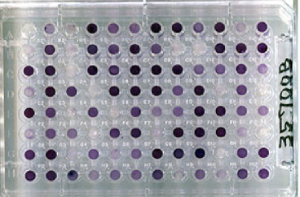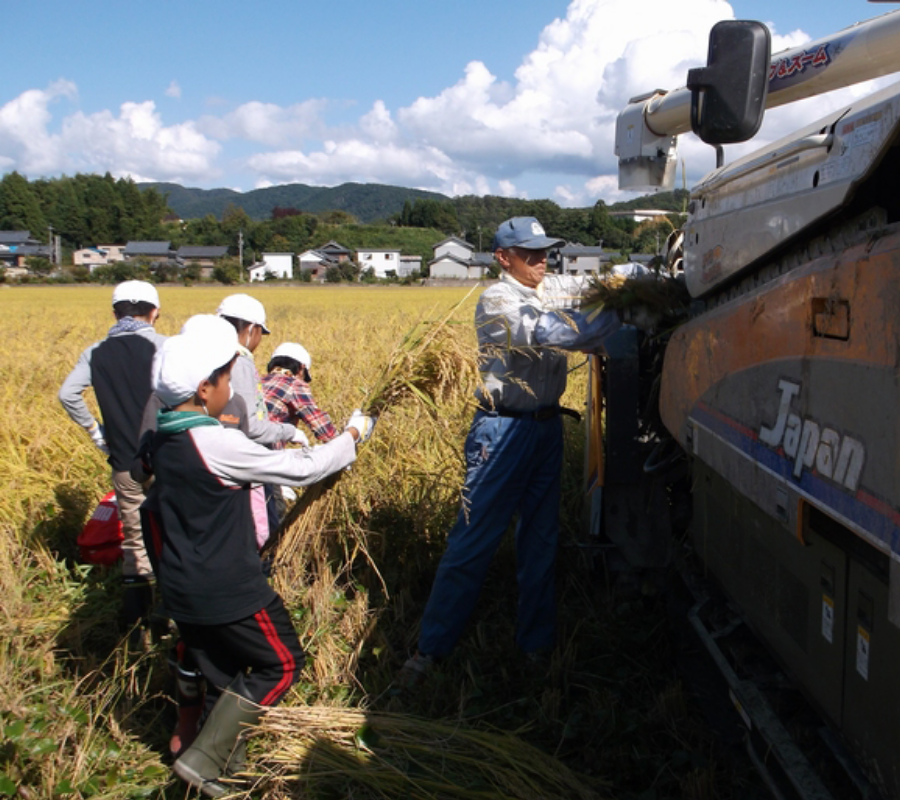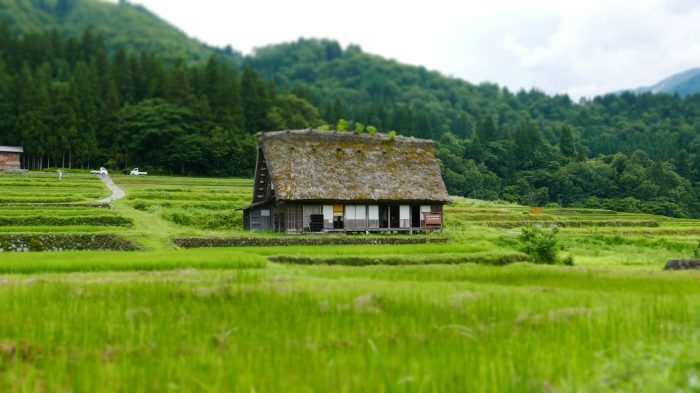Interview from 2015
Fukui Prefecture Echizen Shirayama Revitalization Council – Mr. Hiroshi Inaba
After analysing the microbial performance index of the rice paddies of the six core members of this association, we found that almost all of them exceeded 1 million, with the highest value being around 1.4 million. Additionally, the rice has a great taste and was awarded ‘Special A’ in the 2014 contest.
We interviewed Mr. Hiroshi Inaba, the leader of this association, who cultivates rice in balance with living things.
Q. How do you feel about the analysis results?
I had a feeling that rice fields close to nature were full of microorganisms. But until now there was no scientific way of knowing.
After reviewing the results of the analysis of BIOTREX, I realized that what I’ve been doing so far is not wrong. However, I’m now considering what steps to take to achieve even higher values in the future. I also want to explore whether these analysis results will lead to advantageous sales opportunities.
I believe that the analysis results are likely related to the taste value of the food as well. Therefore, I would like to explore methods to inform consumers about this correlation and how it can be communicated effectively.

A plate with analysis results of paddy soil of the Shiyarama Revitalization Council. The Microbial Performance index is 1,397,063, indicating that a variety of microorganisms are in good health.
Q. What have you been practicing so far?
Since 2004, in line with the Echizen City policy, we have been working on special cultivation certified by Fukui Prefecture, which does not use chemical fertilizers and halves the use of pesticides.
In 2007, four volunteers began using a method of farming to bring back the storks that once lived in the area. Specifically, it is a farming method that does not use herbicides, pesticides, or chemical fertilisers. The number of farmers using this method has gradually increased, from 4 in 2009 to 9 today.
However, the Hakusan district as a whole has not taken any action yet. The challenge is to increase the number of producers who practice this farming method.
Q. How would you like to work in the future?
I want to utilize BIOTREX analysis as a tool to increase the number of “environmentally friendly” producers. This means we want to increase the number of producers who use farming methods that leave rice fields rich in living organisms for future generations. In my grandparents’ time, it was natural to raise livestock and no pesticides or chemical fertilisers were used.
I think the time has come for domestic rice-growing areas to compete with rice from other countries through the TPP(Trans-Pacific Partnership). However, the rice farming we are aiming for is not low-cost rice farming, but rice farming that produces high-quality rice with care. By practicing current farming methods, we want to protect the region and pass on the nature-rich Satoyama region to our descendants.

Harvesting experience with children.

Planting of rice.

